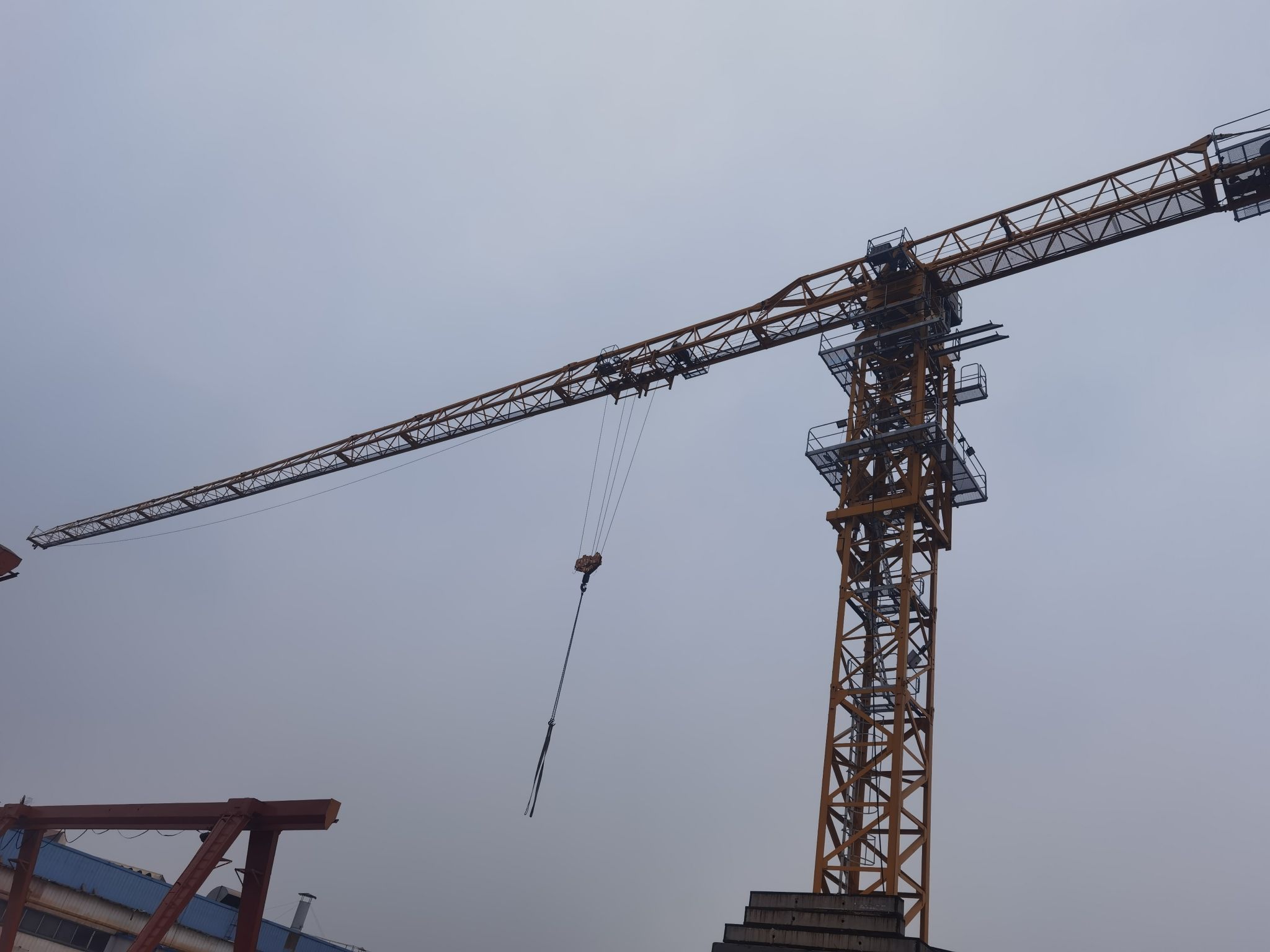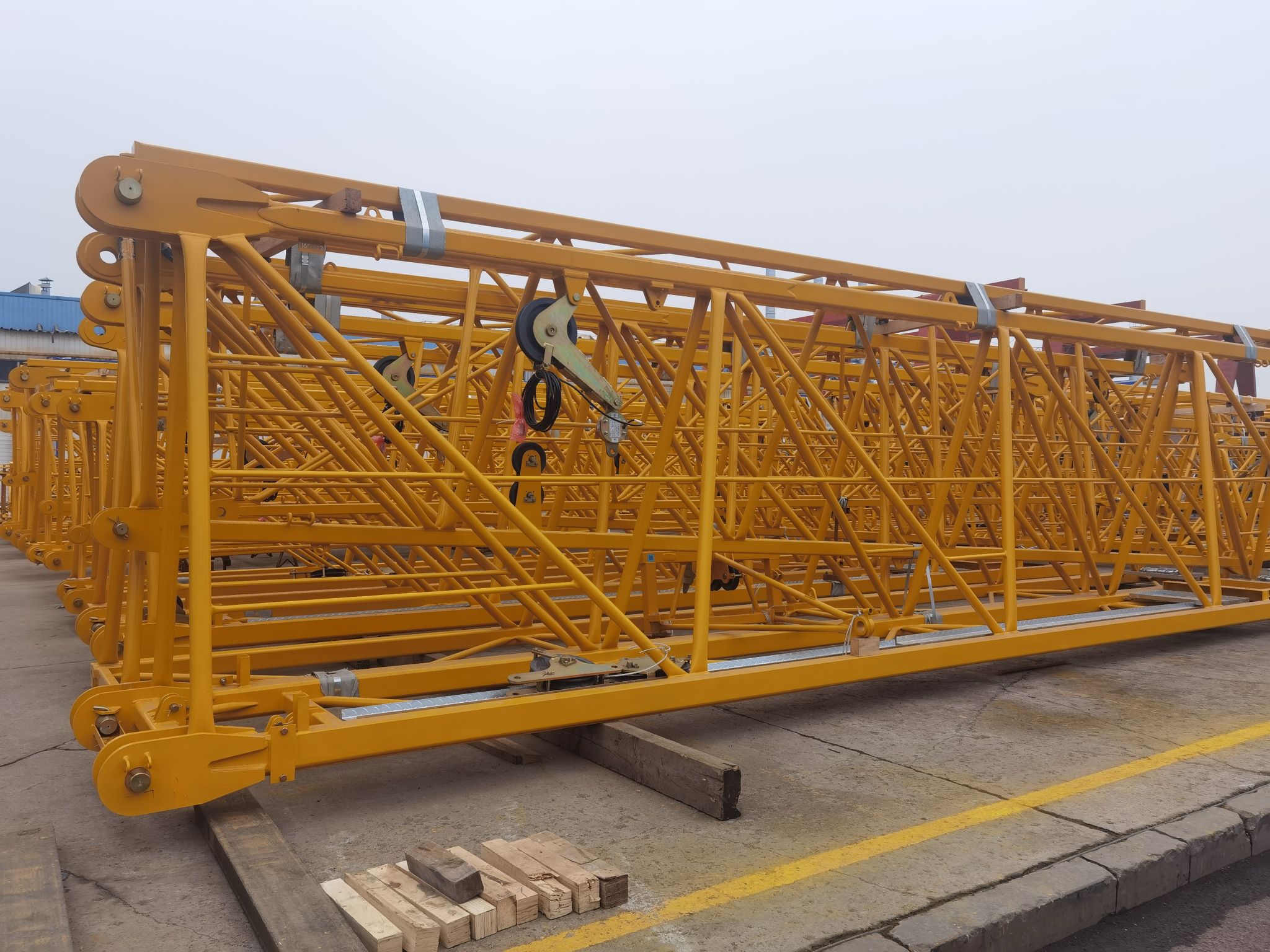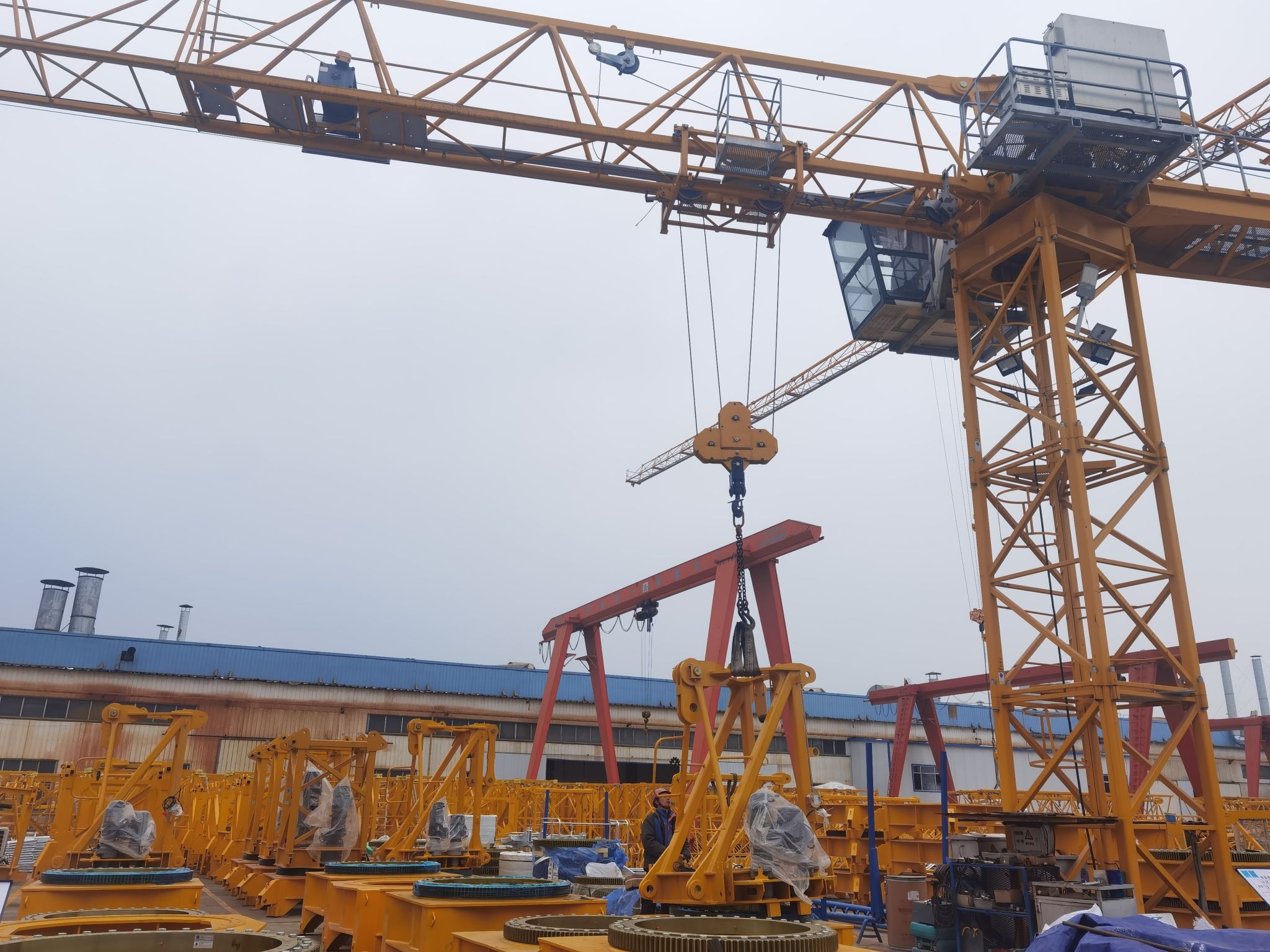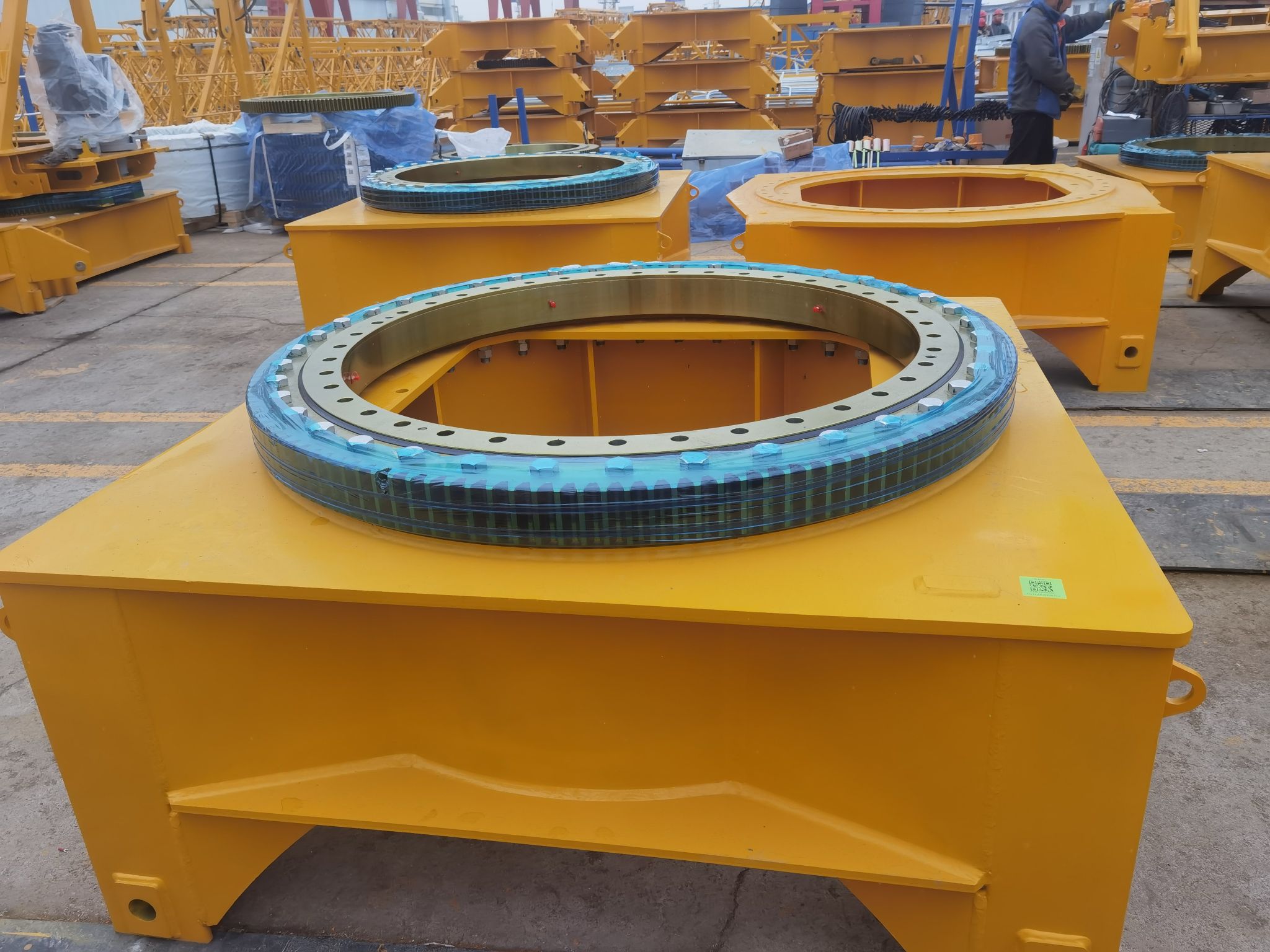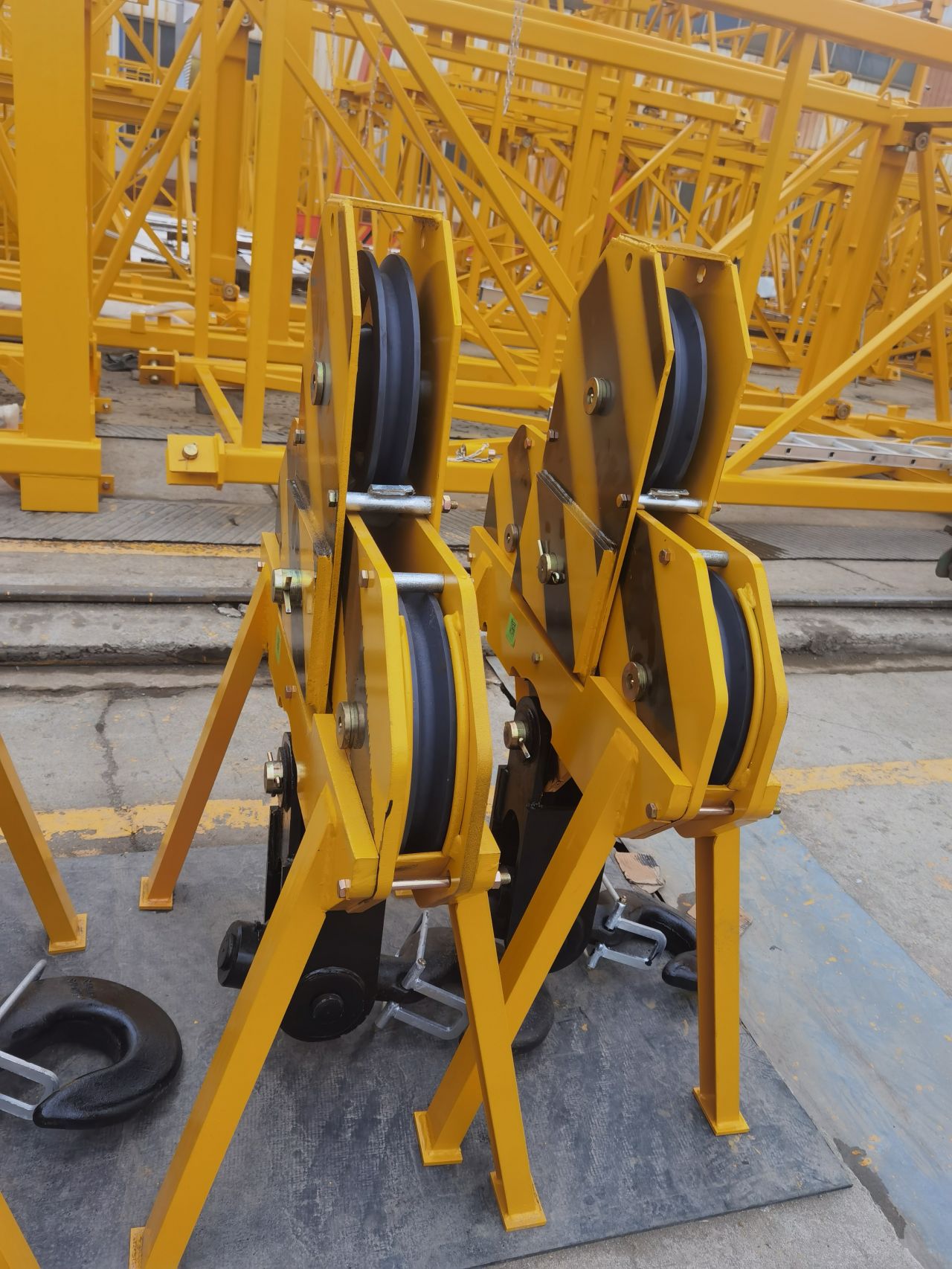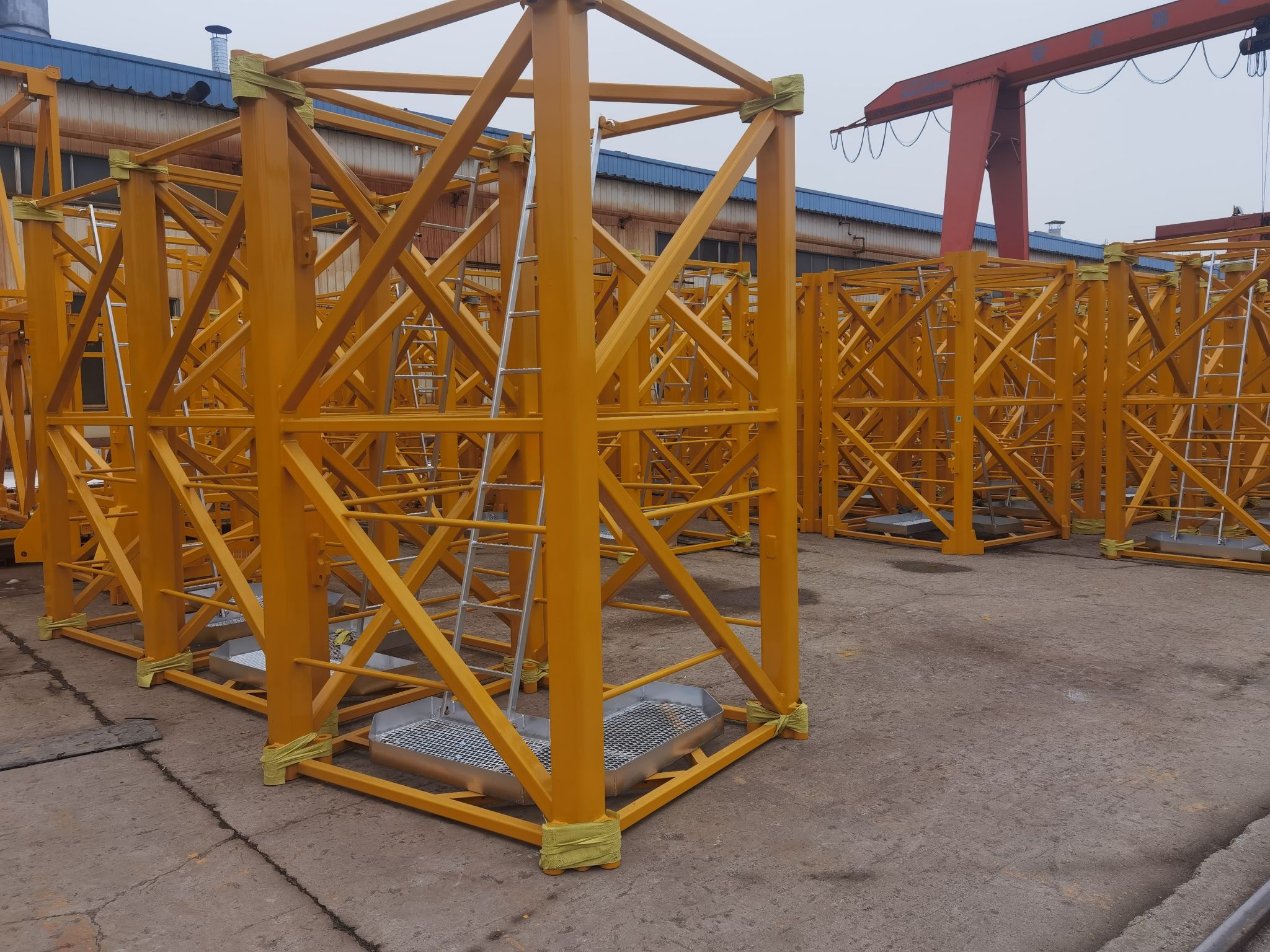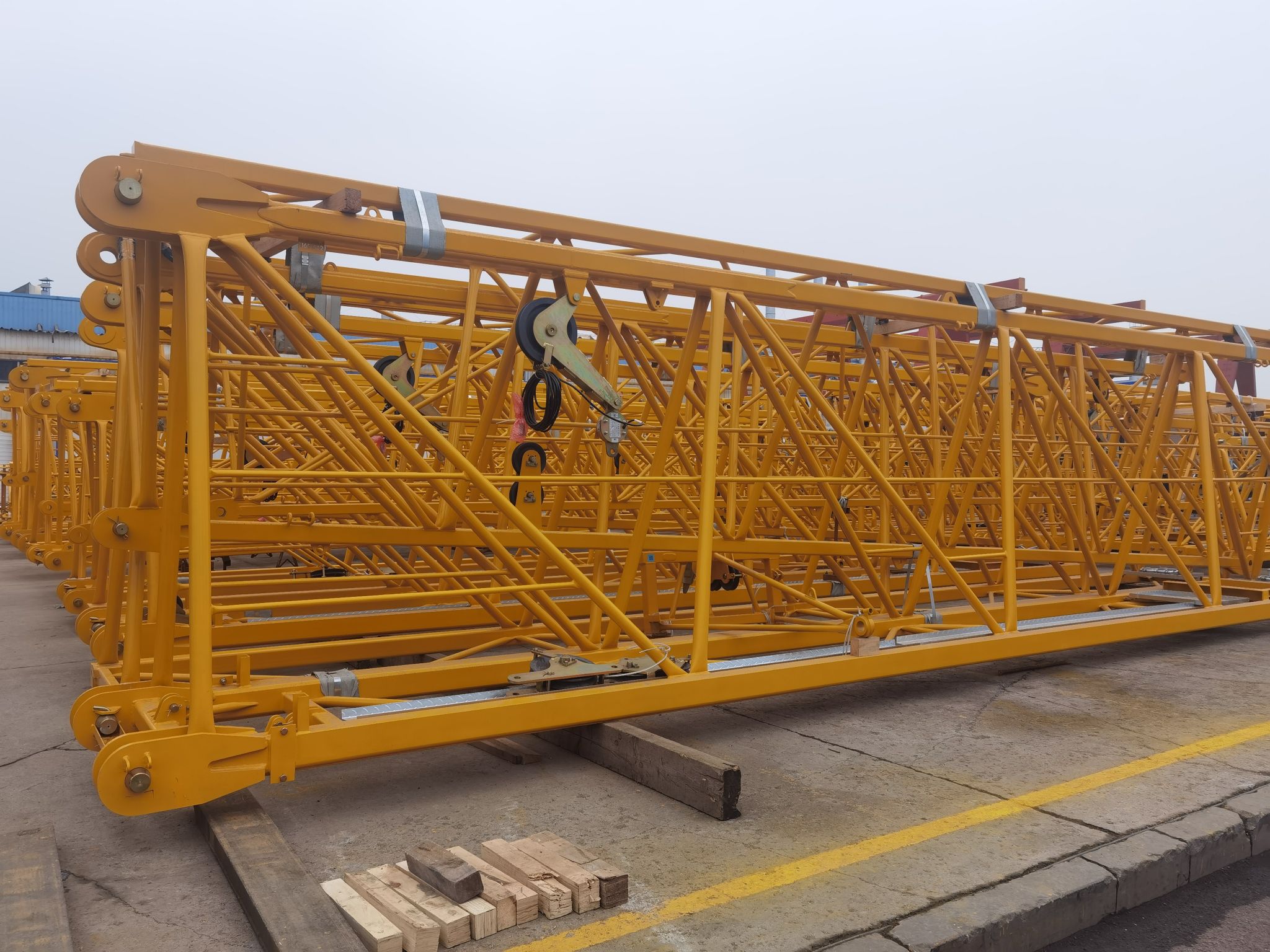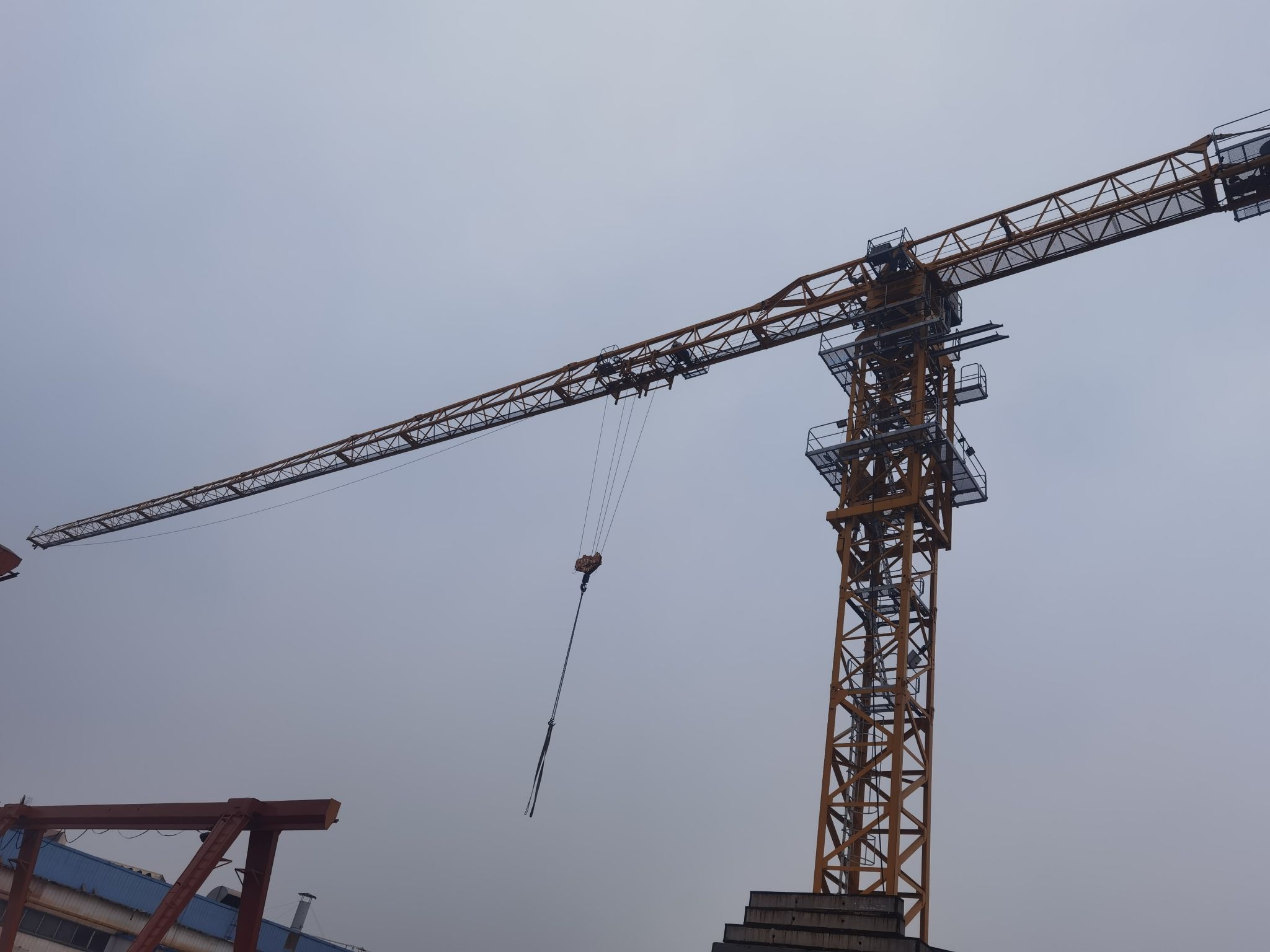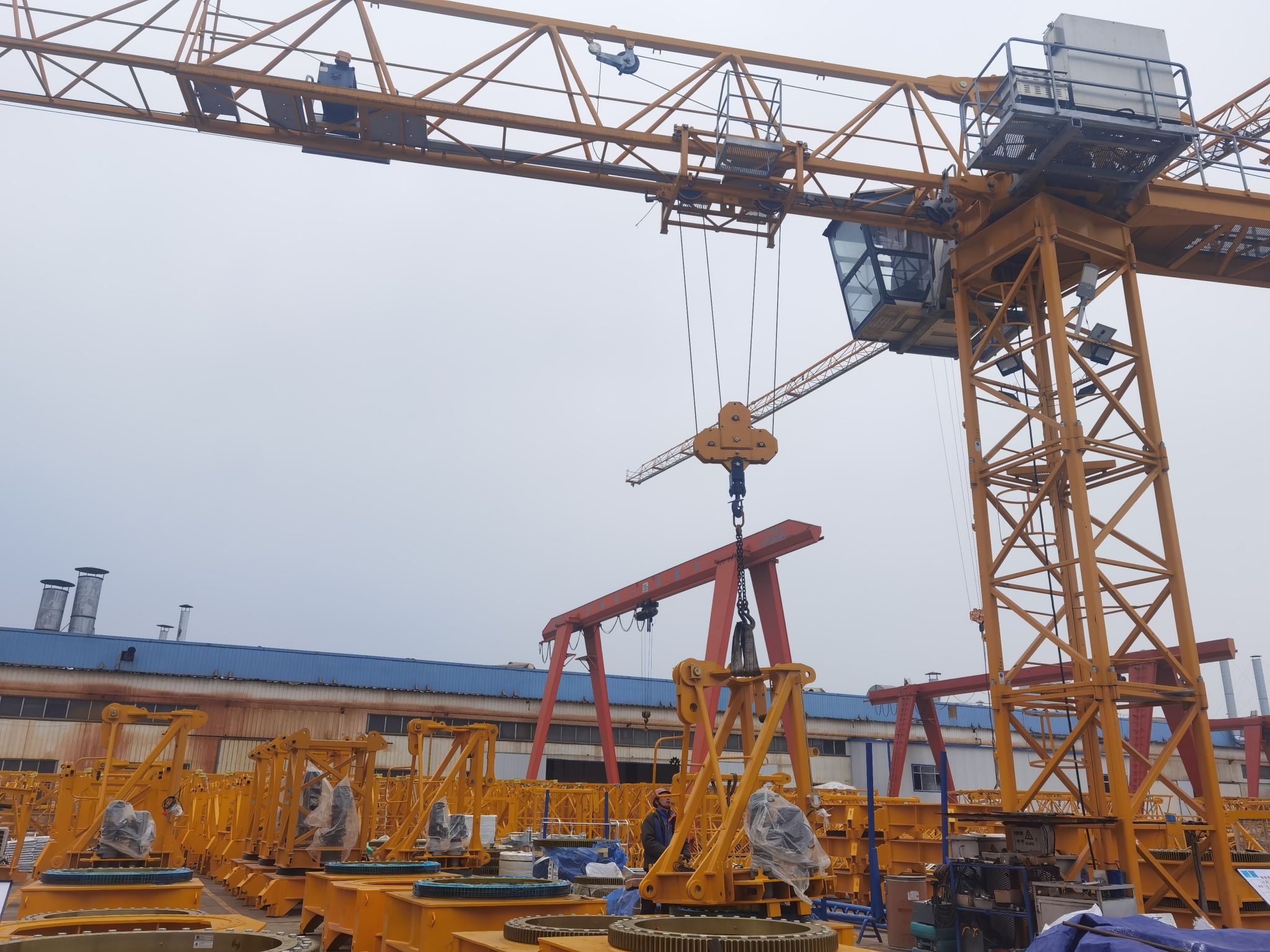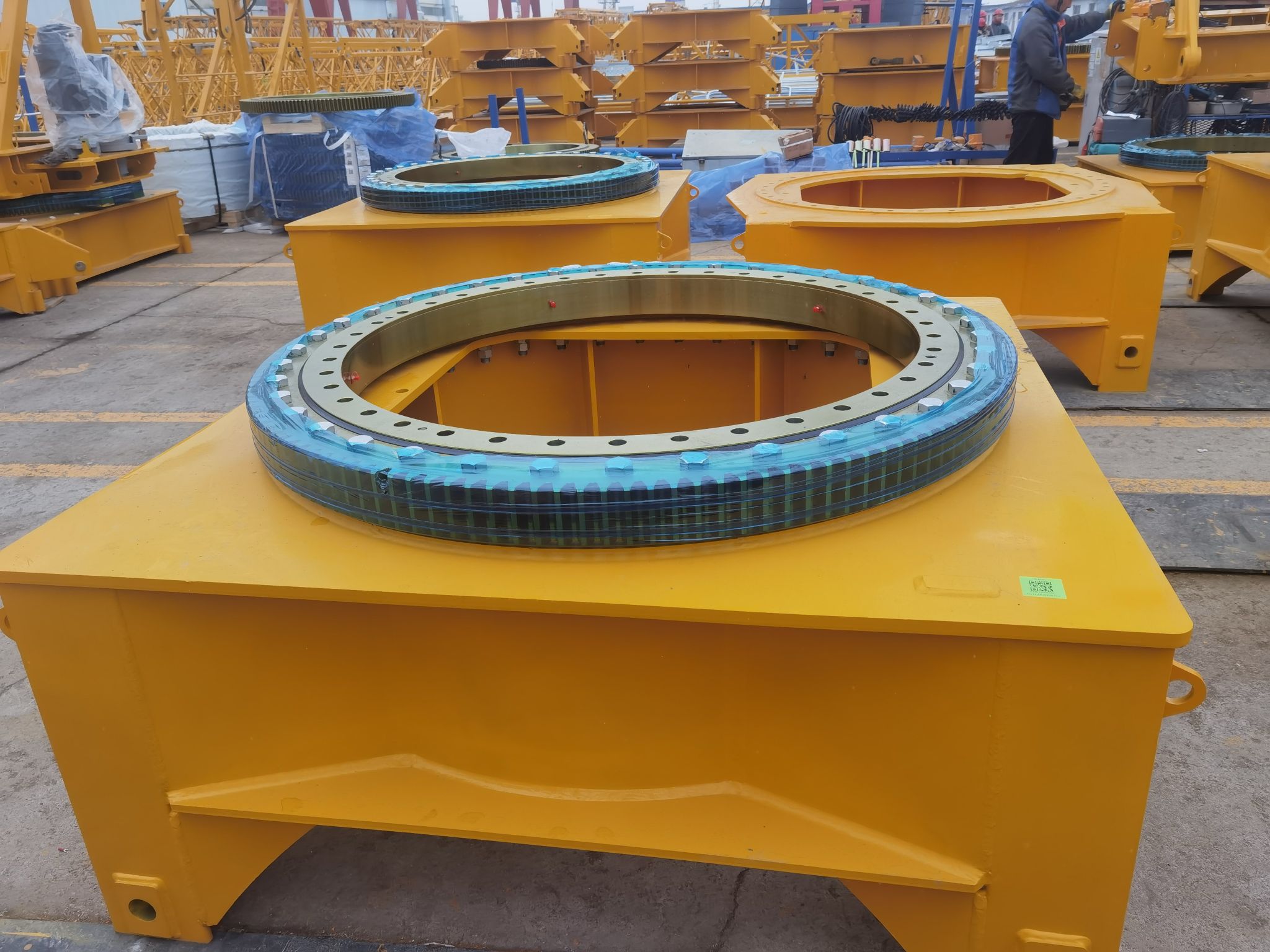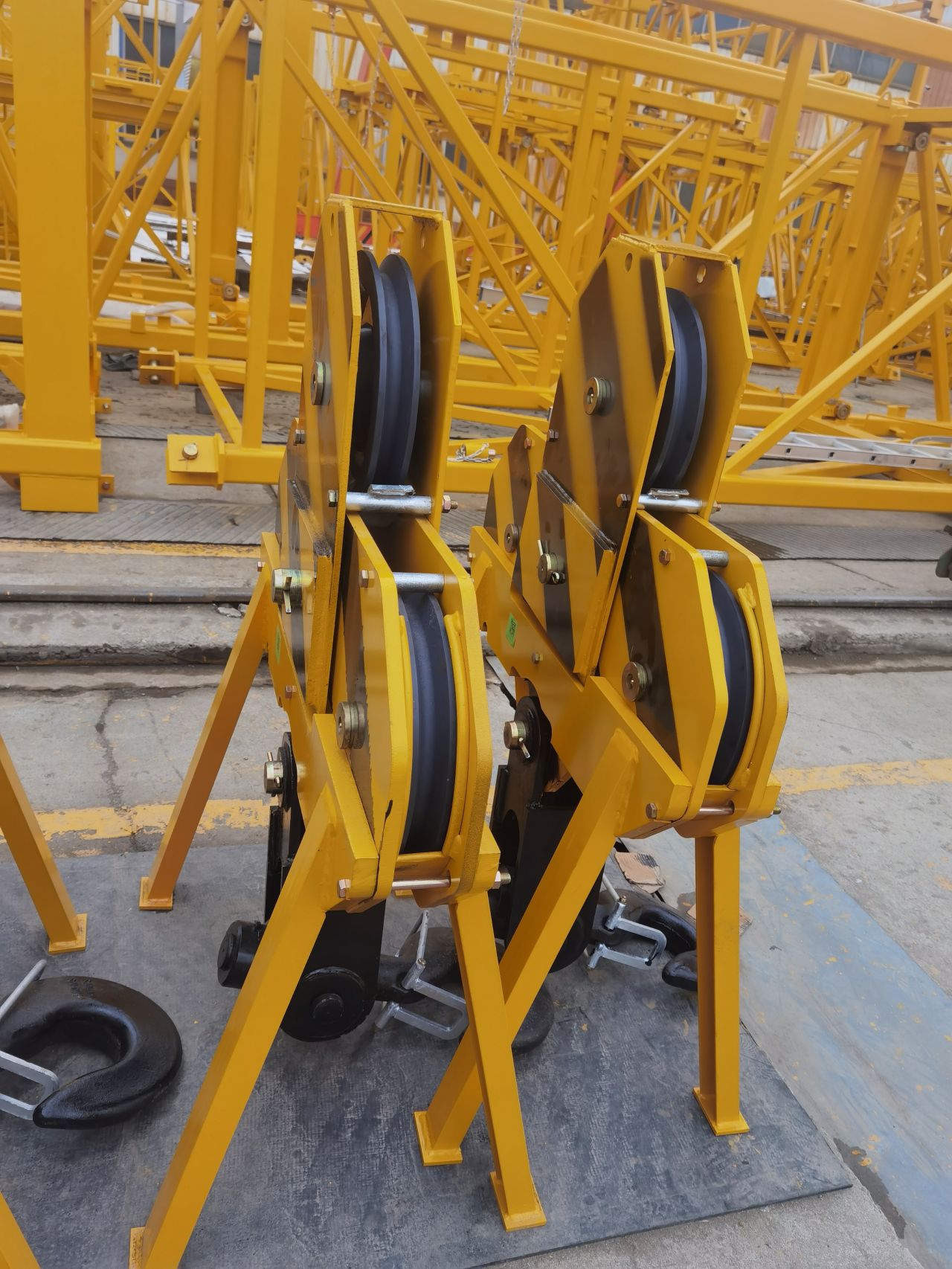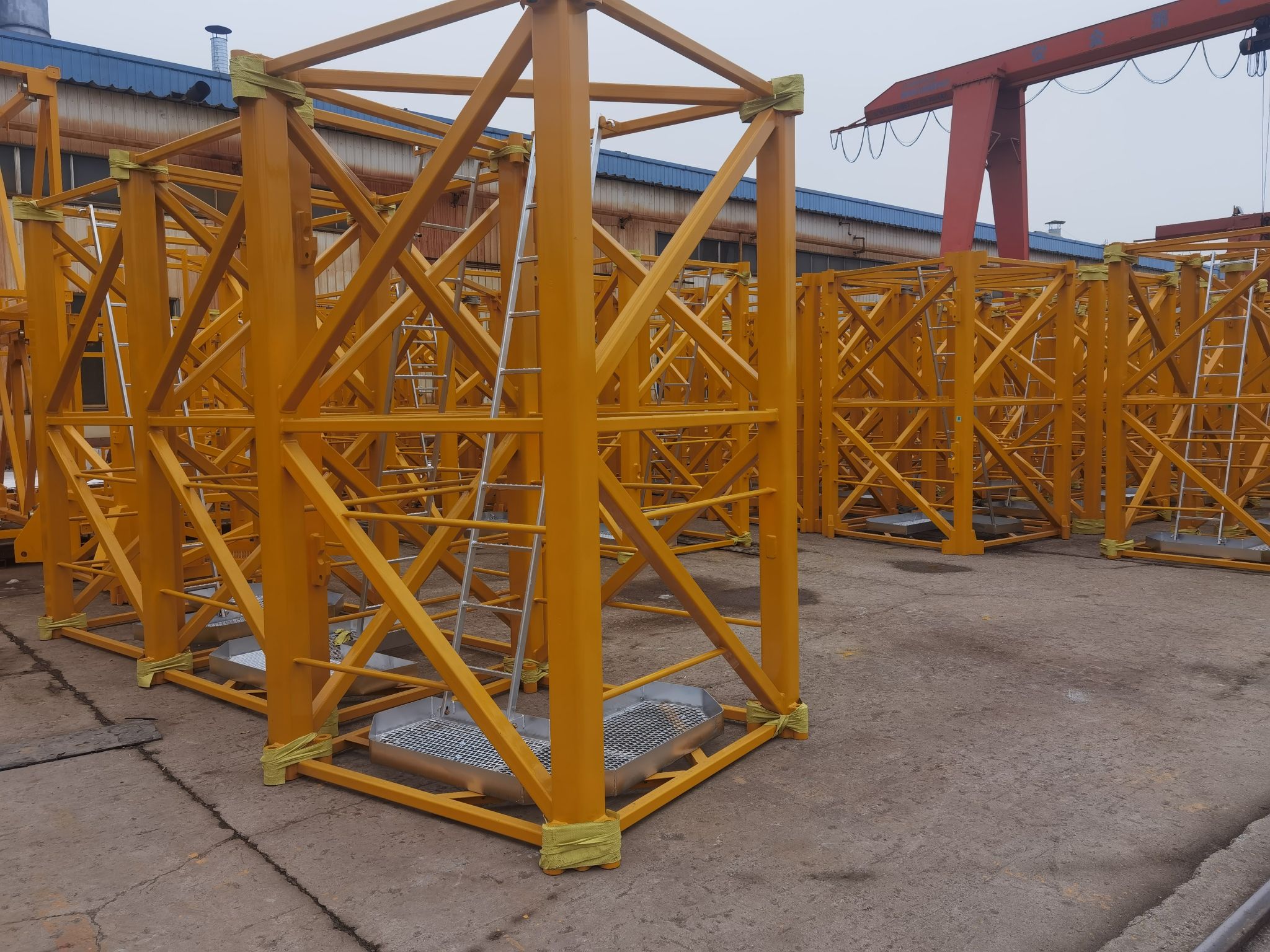Menu
- Home
- About Us
- Certificate
- Exhibition
- FAQ
- LOGISTICS
- Products
- Overhead Crane
- Gantry Crane
- Electric Hoist
- Marine Crane
- Marine Gantry Cranes
- Marine Knuckle Boom Crane
- Telescopic Marine Crane
- Dock marine crane
- Straddle Cranes
- MOBILE BOAT HOIST (MBH)
- Crane accessories
- Tower Crane
- News
- Industry News
- Company News
- Case
- Factory Show
- Contact Us
Search


